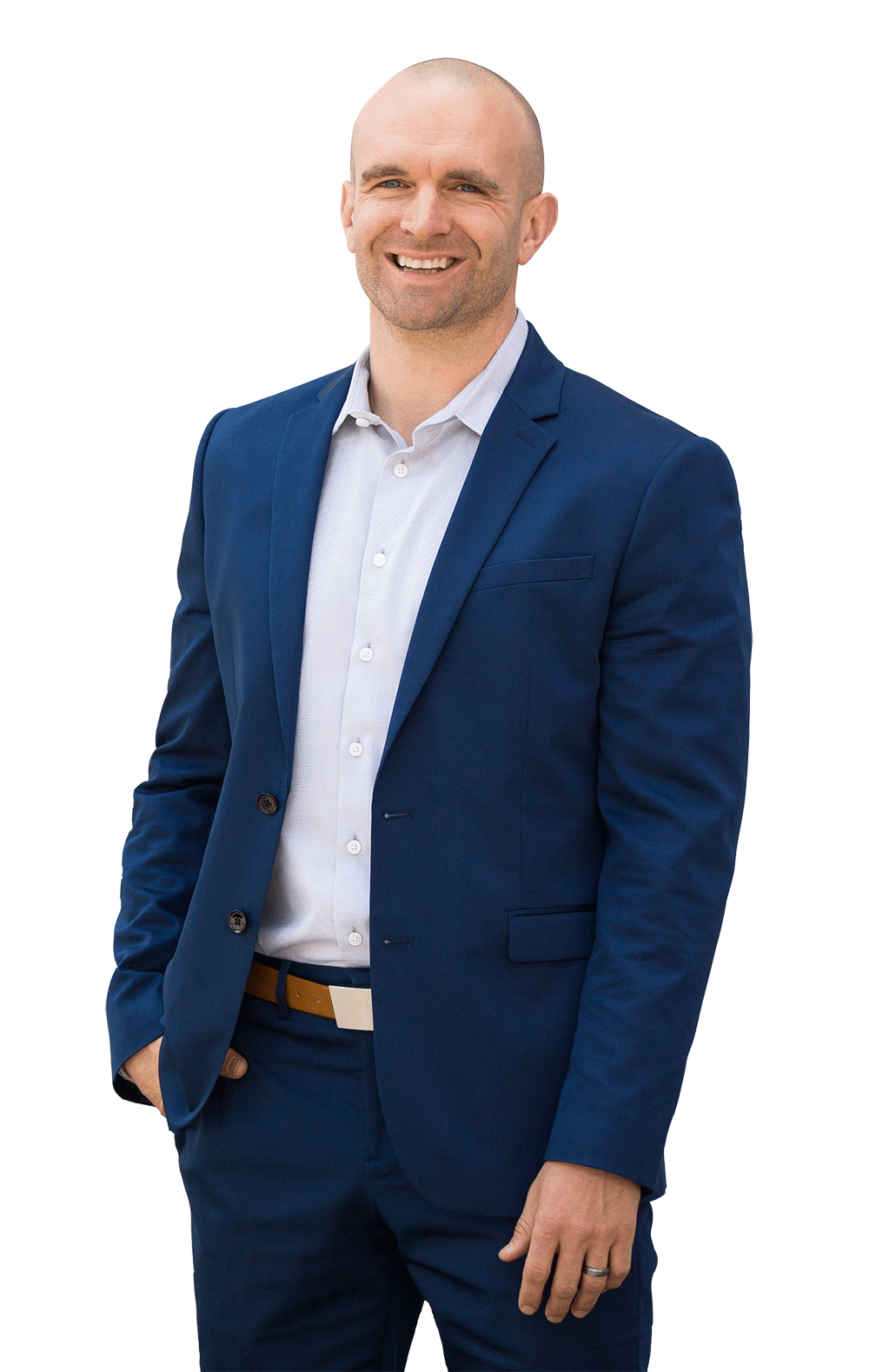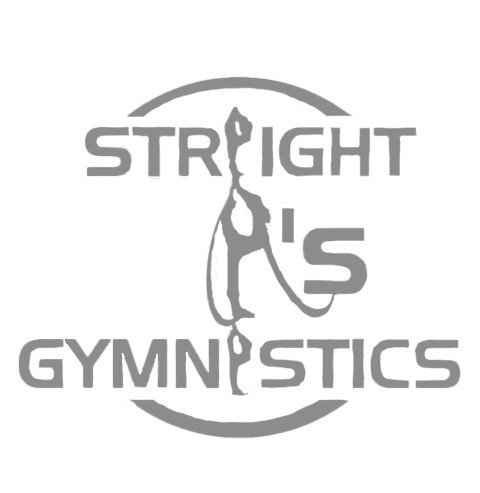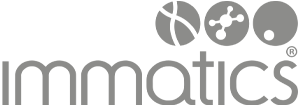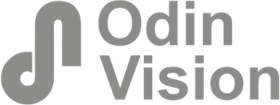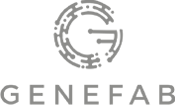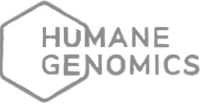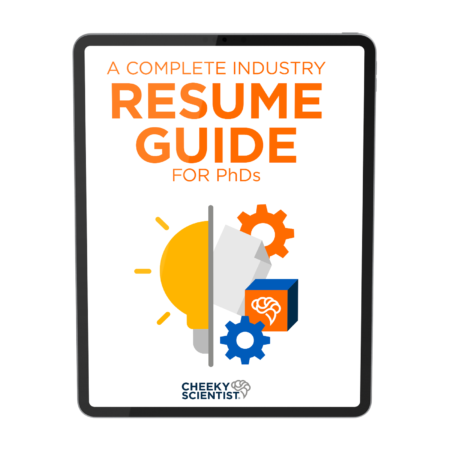What To Do When You Feel Invisible On LinkedIn

LinkedIn is unlike any other social networking platform.
The similarities are hard to ignore: you post updates – sometimes pictures – share your opinions and comment on posts others make.
But at its core, LinkedIn is very different than Facebook or any other friend-finding, video-sharing, community-connecting network.
LinkedIn is designed specifically to introduce professionals to other professionals. The site’s primary mission is to remove the barriers that make it difficult to connect with peers, your target companies, and the right opportunities.
What kind of opportunities, you might ask? What’s so great about having connections?
As a PhD transitioning into industry, the opportunities you’re looking for are a) informational interviews and b) referrals.
One Cheeky Scientist had this to say about their transition and how they were able to use LinkedIn as leverage:
I used LinkedIn to talk to a lot of people for informational interviews.
Because of this, I landed phone screens. These were mostly because of internal referrals.
I only had two phone screens as a result of applying online.
I had six initial phone interviews, followed by four invites to on-site interviews.
When I see a job posting that I think fits me, I go on LinkedIn to ask people from that company for an informational interview.
Usually, one or two people respond. Then, at the end of each interview, I gauge our rapport. If we clicked, I’ll ask them for an internal referral.
Just something along the lines of, “Do you think you could help put my resume on the hiring manager’s desk?”
I cannot stress enough the power of networking.
I’ve met some really incredible people this way and learned a lot about different companies.
And, through my informational interviews, I also learned what I did and didn’t like.
Having A LinkedIn Account Guarantees Nothing
If you’re reading this and thinking, “That sounds great, except literally no one is engaging with me,” let me tell you why:
You are invisible.
Not in the existential sense. I mean that literally.
No one can find you on LinkedIn.
And – more bad news – it’s probably your fault.
Here’s how to tell if you’re a virtual ghost on LinkedIn:
- Are you doing more clicking than typing?
- Do you check in once weekly or log on every day?
- Was the last time you updated your skills section a) in the last month or b) in the last two years?
- Are you finding people to connect with, or are they finding you?
- Is your recent activity relevant to what’s happening in your industry, or is it a people-focused interaction?
- Are you online in spurts or active every day?
If your answers don’t point to frequent use and actual engagement, you literally will not show up in LinkedIn searches. Not on a page that people are willing to scroll to, anyway.
That’s a big problem.
Always-learning algorithms like the ones that power your favorite search engines have refined themselves over the years. They use data that you can specify (such as name, geographic location, and keywords) as well as data that you can’t see (such as number of page views, bounce rate, and time on page) to determine what sites people found that matched what they were searching for.
LinkedIn is no different.
Even if you match a search query to a T – say you’re a Data Scientist who lives in Detroit and has a PhD, just like the recruiter is looking for – you may not show up on the first page of LinkedIn’s search results. Why?
Because LinkedIn doesn’t have enough data to trust that you’re the person searchers are looking for.

Understanding LinkedIn’s Algorithm Is Key To Being Visible
LinkedIn’s target audience is its paying customers.
That might be the recruiters who are looking for talent…
… the businesses that are looking to build relationships in industry or solidify their brand…
… or job seekers who have invested in one of LinkedIn’s premium accounts.
You certainly can invest in LinkedIn. There are definitely perks to having a Premium membership: more InMail credits, access to the LinkedIn Learning Library and advanced search features, to name a few.
But there’s nothing stopping you from being visible to employers using your free account. Well, nothing but a little time and attention on your part.
Your LinkedIn visibility isn’t a mystery – it’s an algorithm. You’re “scored” based on how you interact on the site in four different ways. The collective score is called your Social Selling Index (or SSI).
Your SSI is the best indication of how LinkedIn ranks you among its 900+ million users.
The index goes from 0 to 100 and is divided into four distinct categories: establish your professional brand, find the right people, engage with insights, and build relationships.
Based on your profile and recent engagement, you receive a score in each category from 0 to 25. The sum of all categories is your SSI score.
The SSI score also tells you how you rank compared to other people in your industry and within your network, giving you the ability to directly compare how optimized your profile is compared to your competitors.
Ultimately, the higher your SSI, the better, but you should aim to be within the top 20% of your industry. If you are below 50% of your industry or your network it’s crucial you take action to increase your SSI score.
6 Rules For Increasing Your Profile In LinkedIn Search Rankings
You don’t just want to show up in LinkedIn results – you want to appear on the first page of a recruiter’s search.
Taking a top spot in search results isn’t easy, but it can be done. All you need is a little patience and a proven strategy for LinkedIn domination.
Adopt these six tactics and make them part of your networking habit if you want to stop feeling invisible on LinkedIn.
1. Be relevant
Everything you do on LinkedIn needs to point to what a qualified candidate you are. Not just qualified in general, either. Employers are looking to see how qualified you are to work at a specific position in a specific industry.
That means that everything you post, every skill you add, and every piece of content you engage with needs to be relevant to your target industry.
You’re not testing a hypothesis: You = good fit for job if A and B. Your LinkedIn profile, resume, and networking efforts should all reflect a strong confirmation bias: you are the best fit for this job, as proven by A, B, and C. Everything on your profile – from the posts you like to the information you share about yourself – should prove that conclusion.
You’re telling a story with your LinkedIn profile, and sometimes less is more. Omitting accomplishments or education that aren’t relevant to your target industries helps recruiters cut through the noise.
Do include your publications, your accolades, and your achievements – if they’re relevant to the position you want. But if there is no obvious connection between your skills and the positions you’re targeting, all you’re doing is creating a hurdle for hiring managers.
Thoughtfully searching out content, people, and companies that sync up with your career goals is a strategic move that will pay dividends in your job search.
2. Be present
Nothing says “I’m not really looking for new opportunities” like leaving LinkedIn messages unread.
A prompt response is not only courteous, but it shows enthusiasm. I’ve had some PhDs say to me, “Well I don’t want to look desperate,” or “Replying right away will make me look overeager.”
Does it, though? Have you ever been criticized for getting work done ahead of schedule? Has being early to anything ever come back to haunt you?
Probably not.
The truth is you’re making excuses. For whatever reason, you’re putting off replying to a public post or answering a private message.
Why?
I’ve heard everything from “I don’t know what to say” (fair enough) to “I’ve just been busy” (too busy to type four or five lines of text?).
To which I say: tough.
If you want to be on LinkedIn, be on LinkedIn. Just having an account is not enough – you need to use it. But if you’re looking to give recruiters and potential employers the impression that you could care less one way or the other about your job search, failing to be present is the perfect way to do it.

3. Be current
You may think I’m talking about keeping up on your skills and certifications. And you’re half right.
Adding skills to your resume that align with the jobs and industries you’re targeting is never a bad idea.
In fact, LinkedIn Learning is a great place to learn a few new industry-specific skills such as developer languages, UX design foundations, or cybersecurity essentials.
But I’m talking about updating the skills that appear on your LinkedIn profile.
If you’ve spent any time on the Jobs section of LinkedIn, you know that there is a section at the top of each posting right above the Apply button that reads Skills. This section indicates the top ten skills employers are looking for in each position. It even tells you how many of those skills you’ve indicated you have.
What you may not know is that you can click on that list to expand it, and then add each skill to your profile directly from the job listing. Part of LinkedIn’s algorithm – a big part, actually – involves keyword parsing. By not including the keywords you find in job descriptions to your profile, you are putting yourself at a major disadvantage.
LinkedIn says that members with frequently updated profiles are 18X more likely to be included in searches by recruiters and other members. With that in mind, you should aim to make updates to some part of your profile every time you log in.
I’m not talking about a major overhaul. Don’t set aside an hour to rework your entire profile once a week. But if you log on, jump on to your profile section and add a skill. Or update your summary by changing a few words. Add volunteer experience.
Small changes add up.
4. Be connected
In order to be visible on LinkedIn, you can’t exist in a vacuum. You need to be extending your hand to new connections.
LinkedIn’s search engine is a robust tool for meeting professionals and recruiters. Most PhDs use the search feature primarily to seek out jobs, but if you take a closer look you’ll see that there’s much more to find.
If you type in the word “data scientist,” for instance, you’ll have the option to search for jobs, people, posts, companies, schools, courses, events and more.
Once you choose a category, you can further whittle down your selection based on factors like specific company, date posted, level of connection, education level, seniority and so on. You can find people or companies to connect with – and I recommend doing both.
Why? Because connections beget connections.
For every first-degree connection you have, LinkedIn considers each of their contacts a second-degree connection to you. Each connection you make removes another barrier to meeting more distant connections. This in turn removes barriers to the jobs you really want to work at.
This applies to companies too. You should follow any business that you’ve applied to and any company that you’re interested in applying to. This might sound like an unnecessary step, but it’s just as important as connecting to thought leaders and decision makers at a company.
I’ll explain. When recruiters start looking for talent, LinkedIn’s algorithm will show them whoever it believes to be the most qualified candidate.
If the algorithm sees two candidates with identical experience and skills, but one follows the company and the other doesn’t, it will prioritize that latter candidate. Why? Because there’s already a connection between the company and the candidate.
And what happens when that candidate is connected to people who work at that company? You guessed it – they appear, to the algorithm, to be an even closer match.

5. Be active
Knowing your name and your face is not the same as knowing who you are. If you want to make an actual connection with others on LinkedIn, you need to make them feel as if they do know you.
Your public persona is often called your professional brand, and being active on LinkedIn is the best way to do it. By posting content you’re inviting others to interact with you. Even if no one does, you have made an effort. That engagement will be visible on your activity feed, and new connections can still get the benefit of older posts and get to know you that way.
In order to build a professional brand, you need to project your personality and demonstrate your expertise. You can do this in a few different ways.
Short text posts have proven to show higher engagement. When you do post, be sure to use no more than three relevant hashtags. Don’t use outbound links – you want people on your page, not out in the wilds of the internet. If you do need to include an outbound link, include it in the comments of your post, not the body.
Longer posts should follow a logical and traditional format. Use a familiar and easy-to-follow structure: introduction, body, and conclusion. If you cite sources, make sure they’re reliable.
The best time to post or engage with content on LinkedIn is on the weekdays. Studies reveal that between 10 to 2 and between 5 to 6 are the best times to receive views.
Your LinkedIn feed is a digest of information it thinks you’ll be interested in. Take advantage of it – react to posts; comment if you have something of value to add; repost if it adds to your brand.
6. Be consistent
Batching doesn’t work when it comes to LinkedIn. Thanks to the nature of LinkedIn’s algorithm, consistency will get you much further than a flurry of activity.
That can be a problem for some PhDs who lack consistency in their job search.
They wake up on Tuesday and submit a few resumes, then do nothing Wednesday and Thursday. On Friday they’ll get on LinkedIn and poke around, maybe tap the connect button a few times, and then coast through the weekend. Maybe, if it occurs to them, they’ll search for online job postings on Monday.
This is not a job search strategy or a brand-building strategy, and it is very unlikely to yield any results.
Don’t be that PhD.
You need to commit, right now, to post at This and That date and time every week, consistently. You need to be showing up in your connections’ feeds regularly enough to be recognized and to be known.
The content you post should resonate with the connections you have – industry news, tech you read about, a problem you’ve been working on, or a question you want to answer that aligns with your target industry’s interests.
And you need to make time to respond to your connections as well. Make sure your preferences are set up to send you an email notification if you’re tagged or mentioned. Even if you don’t get a notification, log on twice a week and check to make sure you haven’t missed an opportunity.
Concluding Remarks
Obscurity is one of the hardest problems to overcome in your job search. If employers can’t find you, they won’t find you – simple as that. And that’s the major selling point of LinkedIn: it offers job seekers with no industry experience the same opportunity as seasoned professionals to be seen and courted by companies. Even without any actual industry experience, you can create a LinkedIn profile that highlights all your relevant skills and experience by thoughtfully creating your bullets and summary. You can demonstrate your authenticity and interest in the industry with insightful posts and engagement. And you can leverage your lack of experience as a reason to connect with more seasoned professionals who would love to hear from a PhD on LinkedIn. Who doesn’t want to hear, from someone with a terminal degree, that their career trajectory and success are something to admire?
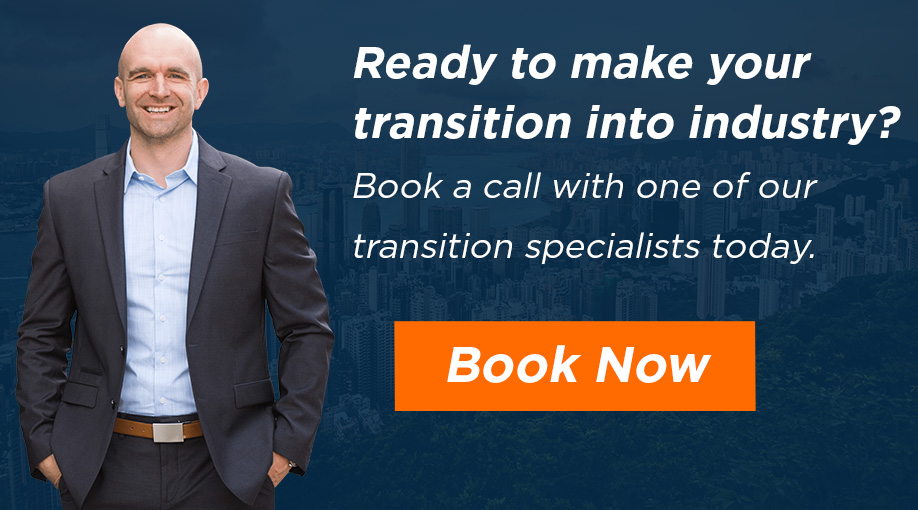
ABOUT ISAIAH HANKEL, PHD
CEO, CHEEKY SCIENTIST & SUCCESS MENTOR TO PHDS
Dr. Isaiah Hankel is the Founder and CEO of Cheeky Scientist. His articles, podcasts and trainings are consumed annually by millions of PhDs and other professionals in hundreds of different countries. He has helped PhDs transition into top companies like Amazon, Google, Apple, Intel, Dow Chemical, BASF, Merck, Genentech, Home Depot, Nestle, Hilton, SpaceX, Tesla, Syngenta, the CDC, UN and Ford Foundation.
Dr. Hankel has published 3X bestselling books and his latest book, The Power of a PhD, debuted on the Barnes & Noble bestseller list. His methods for getting PhDs hired have been featured in the Harvard Business Review, Nature, Forbes, The Guardian, Fast Company, Entrepreneur Magazine and Success Magazine.
More Written by Isaiah Hankel, PhD